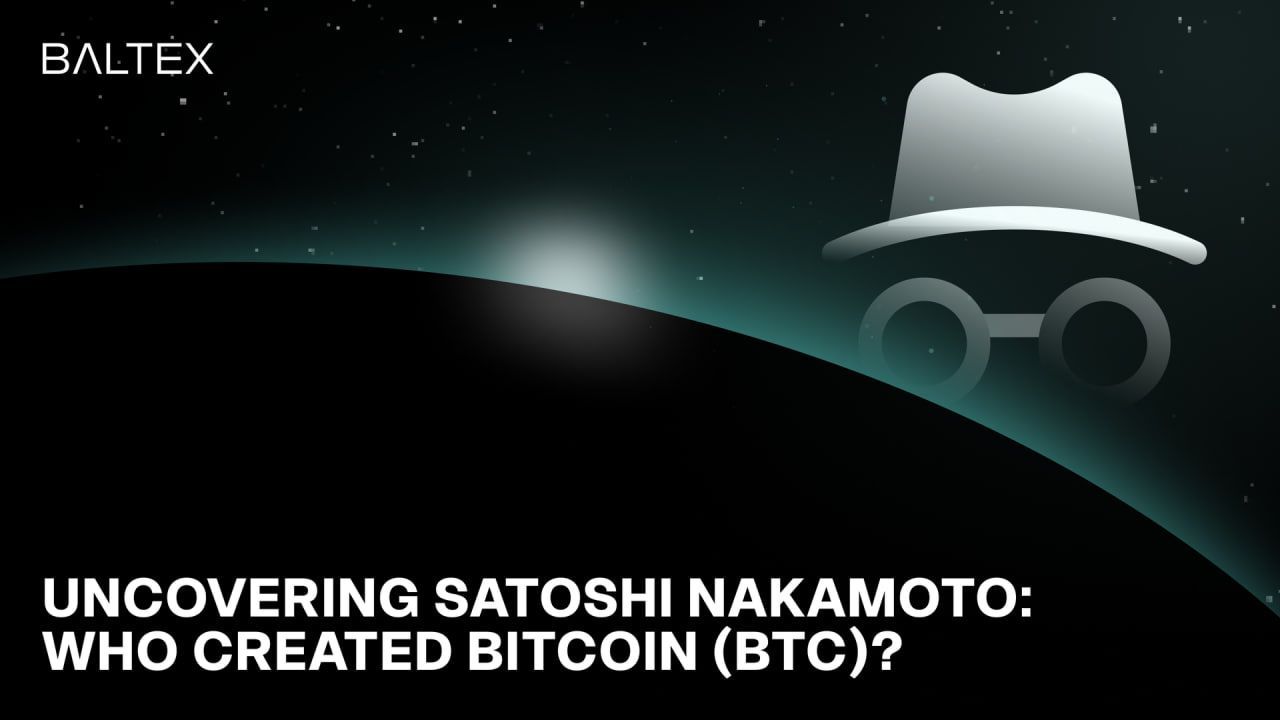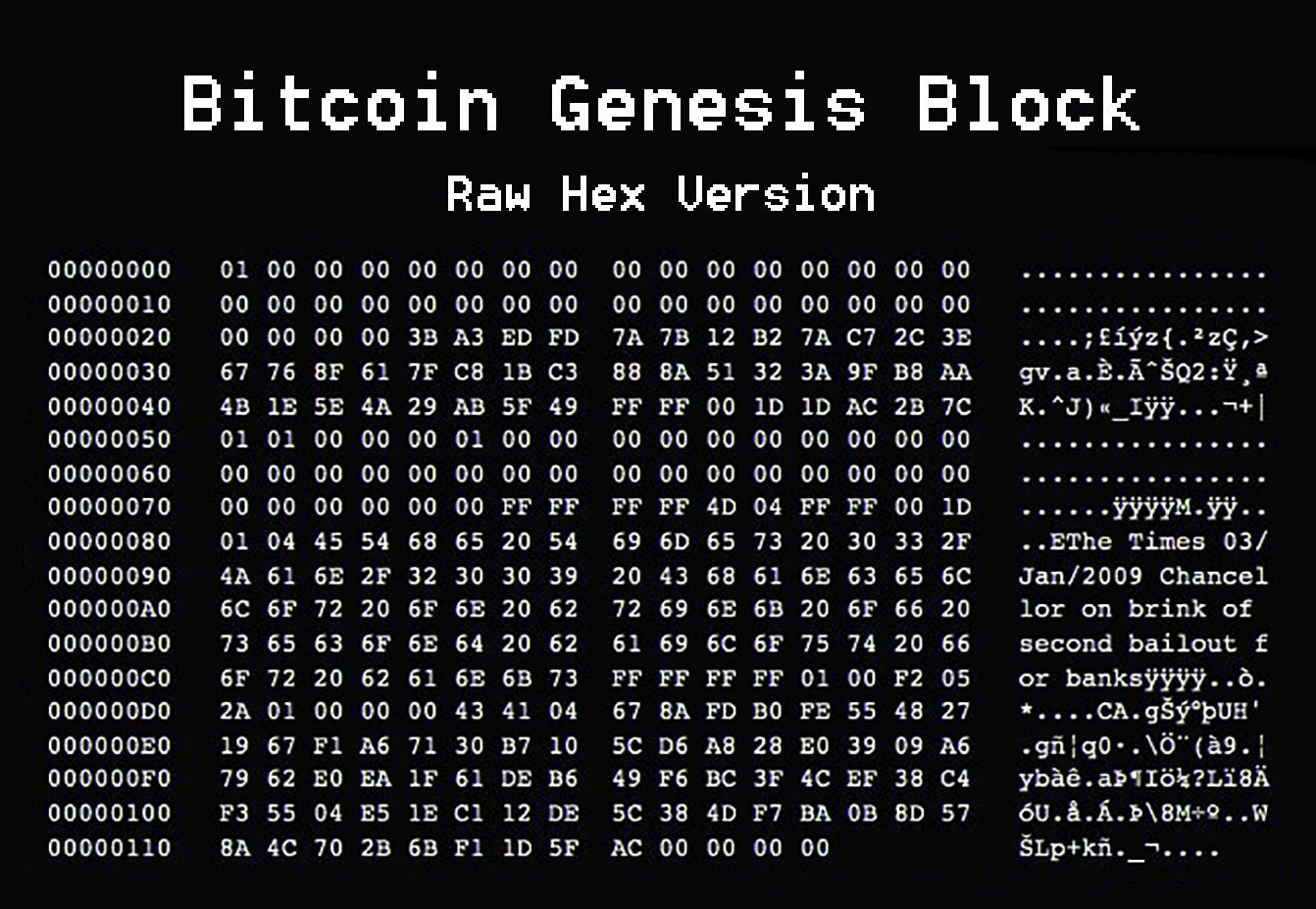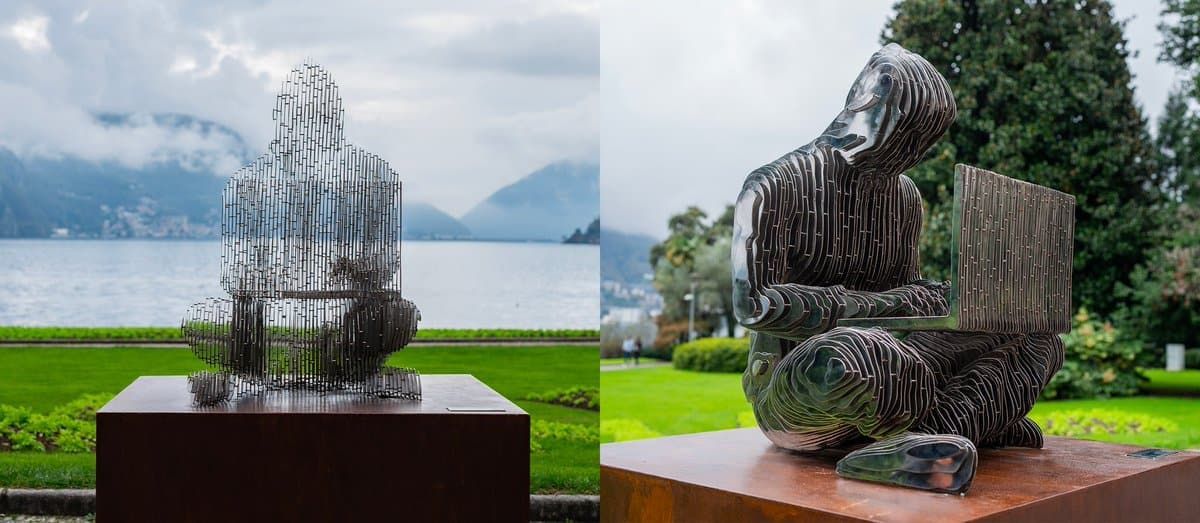
In 2008, as global markets unraveled and trust in traditional finance hit a low point, an obscure PDF quietly appeared on an online forum. Titled Bitcoin: A Peer-to-Peer Electronic Cash System, it proposed a new kind of money - decentralized, cryptographically secured, and immune to the pitfalls of central banking. It was signed simply: Satoshi Nakamoto.
That name - pseudonymous, anonymous, and still unclaimed - has become one of the most fascinating mysteries in modern finance. Bitcoin’s market cap has soared into the hundreds of billions, yet the person or group who created it has never revealed themselves. Who is Satoshi Nakamoto, and why does their disappearance continue to shape how people think about cryptocurrency?
Let’s unpack the origin of Bitcoin, the early movements of its mysterious creator, and what the absence of an identity means for the Bitcoin ecosystem today.
Before Bitcoin, the concept of digital currency had been floating around for decades. But no one had cracked the problem of double-spending without relying on a trusted third party. Satoshi’s breakthrough was the use of a blockchain - a public, append-only ledger powered by a decentralized network.
On January 3, 2009, the first Bitcoin block was mined. Embedded in that genesis block was a news headline: “Chancellor on brink of second bailout for banks.” It was more than a timestamp. It was a message, hinting at Bitcoin’s purpose: a monetary system free from political interference and banking failures.

From day one, Bitcoin was open-source. Anyone could download the software, mine BTC, and participate. There was no pre-mine, no ICO, no marketing blitz - just a working prototype dropped into the hands of a global audience. In the first transaction, Satoshi sent 10 BTC to developer Hal Finney, testing the system in real time.
At the time, BTC had no real price. You couldn’t buy or sell Bitcoin on an exchange. The idea of “trading crypto” didn’t yet exist. The early adopters were mostly cypherpunks, cryptographers, and curious developers tinkering with what seemed like a niche experiment.
Between 2008 and 2010, Satoshi Nakamoto was highly active - writing emails, posting on forums, submitting code, and helping others understand how the system worked. All of this communication was technical, neutral in tone, and carefully devoid of personal information.
Satoshi never revealed their gender, location, or background. The only clues were linguistic quirks in writing style and the timestamps of posts. But even these left more ambiguity than answers.
In 2010, Satoshi began to fade from public view. Responsibilities were handed off to other developers, particularly Gavin Andresen, who became one of the project’s key stewards. Satoshi’s final known message came in 2011: “I’ve moved on to other things.”
Since then, nothing.
Satoshi’s exit was unlike anything we’ve seen in technology or finance. Founders usually stay in the spotlight - advising, investing, promoting. Not here. Bitcoin’s creator walked away and, crucially, never touched their BTC holdings - estimated to be between 600,000 and 1,000,000 coins.
At today’s prices, that would make Satoshi one of the wealthiest individuals on Earth. Yet those coins sit untouched, unmoved since they were mined.
This silence has created an aura around Bitcoin’s origins. It adds to Bitcoin’s perceived neutrality: no CEO, no spokesperson, no marketing team. The absence of a central figure reinforces the idea that Bitcoin belongs to no one - and to everyone.
From a governance standpoint, that matters. There’s no single person to arrest, pressure, or discredit. Bitcoin’s rules are enforced by code and consensus, not a charismatic leader. That’s rare in crypto, where most other coins have a known figure at the top.
With no hard evidence and no confirmed identity, it didn’t take long for the Satoshi search to go off the rails. Some theories are grounded in real technical history. Others read more like sci-fi.
Let’s take a look at both ends of the spectrum.
Hal Finney: A cryptography pioneer, Finney was the recipient of the first Bitcoin transaction. He lived near a man named Dorian Nakamoto, which sparked speculation. Linguistic analyses found some similarities between Hal’s writing and Satoshi’s, but he always denied being the creator.
Nick Szabo: Creator of “bit gold,” a digital currency concept that closely resembles Bitcoin. Many believe Szabo either is Satoshi or heavily influenced the work. Again, he denies it.
Dorian Nakamoto: Pulled into the spotlight because of his name. He said he had nothing to do with Bitcoin, and the real Satoshi account even posted, “I am not Dorian Nakamoto.”
Craig Wright: Claims to be Satoshi, but has never provided verifiable cryptographic proof. Most of the crypto community remains unconvinced.

So far, no candidate has managed to sign a message using Satoshi’s original keys, which would be the simplest and most conclusive way to prove authorship.
Of course, some people believe the real story is far stranger than any of the usual suspects let on.
Satoshi was the CIA (or NSA): One enduring theory is that Bitcoin was a U.S. government project—either as a surveillance tool or a financial experiment. The logic? The NSA has a history of working with cryptography, and some argue the design of Bitcoin is “too perfect” for a solo hobbyist. However, this theory doesn't explain why the government would unleash a currency that undermines its own financial power.
Bitcoin was created by aliens or AI: Yes, seriously. In the more conspiratorial corners of the internet, some believe Bitcoin’s immaculate conception—flawless code, no clear inventor, perfect timing—is evidence that it was seeded by an advanced artificial intelligence or even time-traveling agents from the future. The logic here ranges from “AI wanted to bootstrap global decentralization” to “this is how future civilizations teach us not to trust centralized money.”
Satoshi is a collective intelligence: A less far-out but still fringe theory posits that Satoshi wasn't a person or group of people in the traditional sense—but a decentralized entity itself. Some kind of emergent intelligence formed from online forums, code repositories, and early cryptography groups. A “crowd ghost,” if you will.
Bitcoin doesn’t need a founder anymore. Its infrastructure, community, and codebase are maintained by a decentralized group of developers and users. Whether Satoshi was a genius lone coder or a team of cryptographers, the protocol now lives independently.
But the mystery does hold some practical weight. The stash of BTC mined by Satoshi could, in theory, shake the market if it ever moved. If someone were to access and sell even a portion of it, prices could swing sharply. That risk exists, though the probability seems low given the coins’ long dormancy.

More broadly, Satoshi’s anonymity set a precedent: that open-source money doesn’t require a personality cult. That matters in a space where many cryptocurrencies are closely tied to their founders' reputations.
In the years since Satoshi vanished, Bitcoin has grown from a fringe idea to a global asset class. Governments regulate it. Institutions allocate to it. Millions of users around the world buy and sell BTC daily.
The story of the early Bitcoin pizza purchase - 10,000 BTC for two pies - feels almost fictional now, a relic from a simpler time. Since then, Bitcoin’s price has hit dizzying highs, dropped just as hard, and continued to capture attention. Through all of it, the founder never reappeared.
Some say the disappearance adds mystique. Others say it raises questions. But regardless of opinion, the network has proven that it doesn’t depend on a single individual to function, adapt, or grow. Bitcoin has become the only trillion-dollar asset whose inventor is completely unknown.
And maybe that’s why it still fascinates.
In the world of crypto, where hype often overshadows substance, Satoshi’s mystery stands apart. It’s not a marketing tactic. It’s a real question, unsolved and perhaps unsolvable.
Would solving it change Bitcoin? Possibly. But would it make Bitcoin better? That’s far less certain.
The better question might be: What can the rest of us do with the freedom Satoshi helped unlock?
Keywords: Satoshi Nakamoto, who created Bitcoin, Bitcoin creator, Bitcoin whitepaper, origin of Bitcoin, history of Bitcoin, Bitcoin genesis block, decentralized cryptocurrency, anonymous Bitcoin founder, first Bitcoin transaction, Hal Finney Bitcoin, Nick Szabo bit gold, Craig Wright Satoshi, mystery of Satoshi Nakamoto, cryptocurrency founder, Bitcoin without a founder, Satoshi Nakamoto identity, Bitcoin creation story, Bitcoin inventor, impact of Satoshi Nakamoto, BaltEx exchange, crypto exchange platform, best crypto swap, cross-chain swaps, low fee crypto trading, swap crypto instantly, secure crypto exchange, DeFi token swap, trade altcoins, buy and sell crypto, blockchain trading platform, crypto wallet integration, crypto portfolio management, real-time token prices, fast crypto transactions, crypto trading rewards, BaltEx crypto platform.